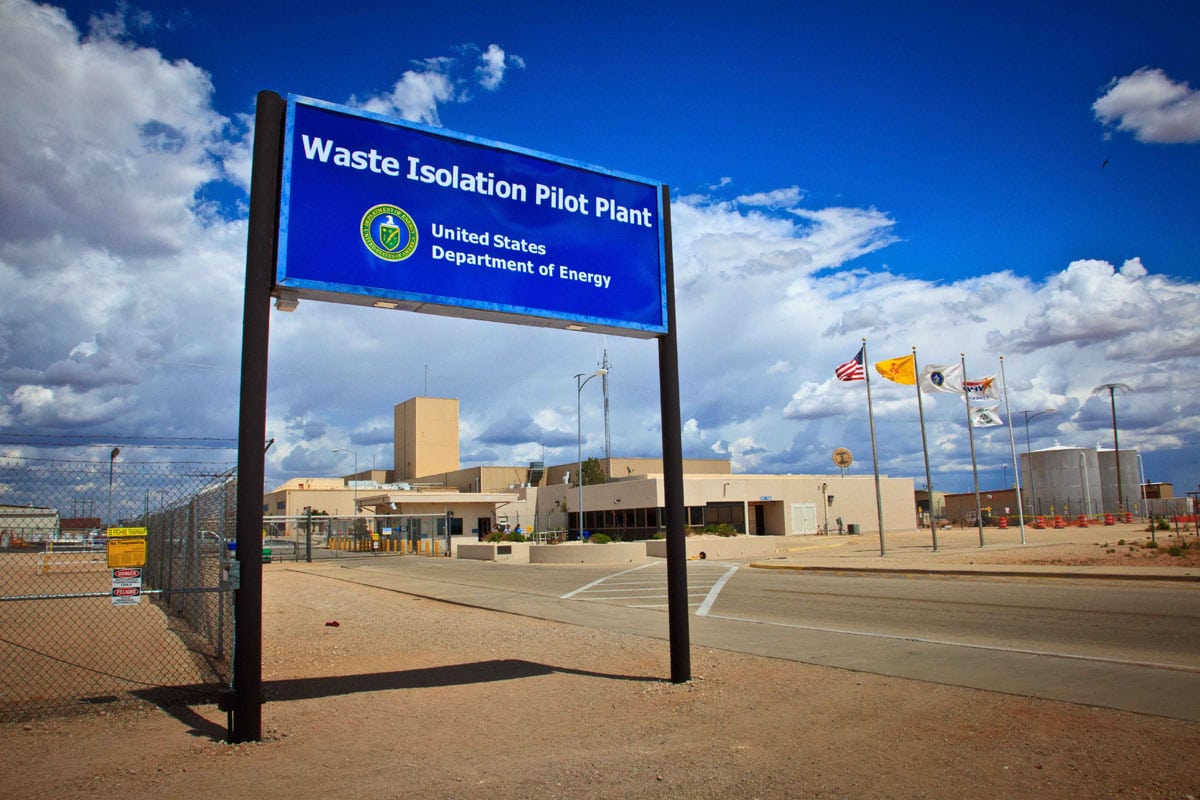
The start of a crucial contractor review required to reopen the Waste Isolation Pilot Plant (WIPP) to nuclear waste shipments from across the country was overshadowed this week by the second partial ceiling collapse discovered in a seven-day stretch at the deep…